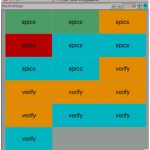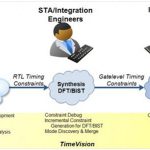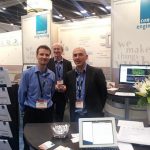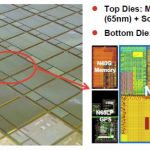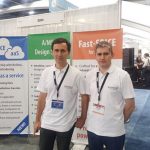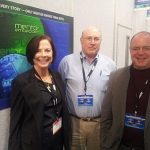Just up the road from Cambridge-based ARM in Kings Langley is Imagination Technologies, their biggest competitor in the GPU market. Interestingly they also were a customer of VLSI Technology in the early days back when they were called Videologic. Tomorrow, jointly with Carbon, they are announcing that a wide range of their PowerVR, Ensigma and Meta core IP will be available as 100% accurate virtual models from Carbon’s IP Exchange web portal.
Subject to approval from Carbon and Imagination (I’m guessing ARM need not apply!) users can download the models from the portal and drop them onto the design canvas. You can then do architectural design, pre-silicon firmware development and all the usual stuff for which virtual platforms are great.
More and more chips involve multimedia. Probably the most famous customer of Imagination is Apple: theirs is the GPU used in both the iPhone and the iPad. Funnily enough Apple doesn’t appear in their list of licensees on their website, I guess even though everyone knows that is what is in A4 and A5 (I believe Apple has actually said so) they still aren’t allowed to use the logo. But Imagination have other non-GPU cores for other markets too.
The models are implemented by Carbon using master data supplied by Imagination. This uses the same compiler to generate them from RTL as is used for ARM mdoels. But users can generate their own ARM models at the portal. The Imagination models are handcrafted on request (and require Imaginations permission).
Models available include:
- PowerVR Series5, Series5XT and Series6 family of Graphics Processing Units (GPU)
- PowerVR Series3 VXD and VXE families of video decoders and encoders
- Ensigma Series3 UCCP family of multi-standard receivers and Wi-Fi/Bluetooth connectivity
- Meta Series2 hardware multi-threaded SoC processors
Carbon’s website is here. Carbon IP Exchange is here.
Imagination’s website is here.



